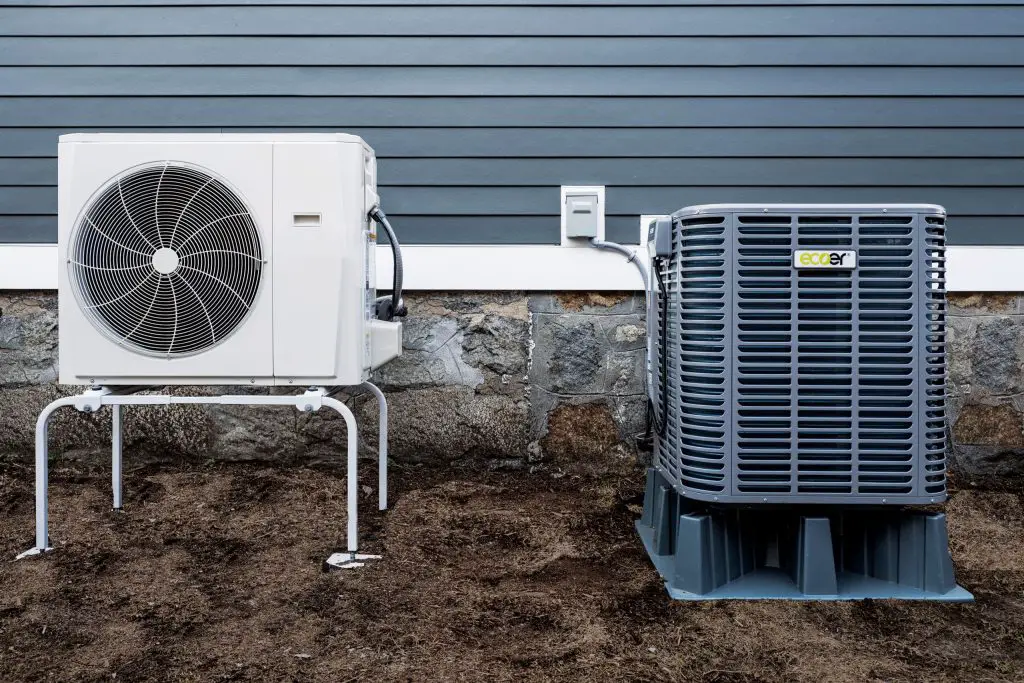Heating, ventilation, and air conditioning (HVAC) systems play a crucial role in maintaining indoor air quality and comfort. One of the key components of an HVAC system is the intake of air. This process determines the quality of the air that will be circulated throughout the building. Understanding where HVAC systems pull air from is essential for ensuring a healthy and efficient indoor environment.
Indoor Air Quality and HVAC
Indoor air quality (IAQ) is a significant concern for building occupants and HVAC professionals. Poor IAQ can lead to various health issues, including respiratory problems, allergies, and fatigue. HVAC systems are designed to address IAQ by pulling in fresh outdoor air and filtering out contaminants and pollutants.
So, where does HVAC pull air from? The answer to this question depends on the type of HVAC system and the specific requirements of the building. Let’s explore the different sources from which HVAC systems pull air.
Outdoor Air Intake
Most HVAC systems incorporate outdoor air intake to ensure proper ventilation and fresh air supply. The outdoor air intake may be located in several places, including:
| Location | Description |
|---|---|
| Roof | Many commercial buildings have HVAC units on their roofs, and this is where outdoor air intake is commonly located. |
| Sidewall | For residential HVAC systems, the outdoor air intake may be situated on the sidewall of the building. |
| Ground Level | In some cases, HVAC systems pull air from ground level, especially in buildings with specific architectural considerations. |
Regardless of the location, the outdoor air intake must be positioned strategically to minimize the intake of pollutants and ensure a free flow of fresh air into the system.
Return Air Ducts
In addition to outdoor air intake, HVAC systems pull air from inside the building through return air ducts. The return air ducts collect air from various spaces within the building, including:
- Living areas
- Offices
- Industrial areas
- Other occupied spaces
The return air ducts play a crucial role in maintaining a balanced air pressure within the building while also allowing the HVAC system to recirculate and filter the indoor air.
Filtration and Air Quality
Once the air is pulled into the HVAC system, it passes through various filters designed to remove contaminants such as dust, pollen, and other airborne particles. The filtration process is essential for improving IAQ and protecting the HVAC equipment from damage caused by debris and dirt accumulation.
Furthermore, some advanced HVAC systems may integrate air purification technologies such as UV lights and electrostatic filters to enhance the quality of the air that is circulated throughout the building.

Credit: en.wikipedia.org
Conclusion
Understanding where HVAC systems pull air from is fundamental to maintaining a healthy and efficient indoor environment. By incorporating outdoor air intake, return air ducts, and effective filtration systems, HVAC professionals can ensure that the air circulated within a building is clean, fresh, and conducive to occupant well-being. As the demand for better IAQ continues to grow, the role of HVAC systems in pulling air from the right sources becomes increasingly crucial for building owners, facility managers, and occupants.
For all your HVAC needs and concerns, it’s essential to consult with qualified professionals who can assess your specific requirements and design a system that pulls air from the optimal sources while meeting industry standards and regulations.

